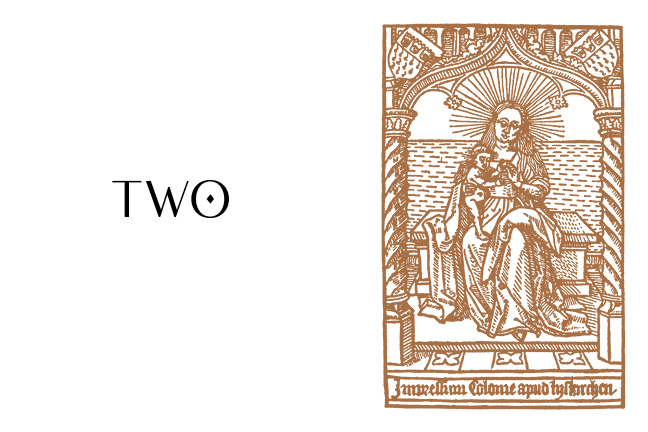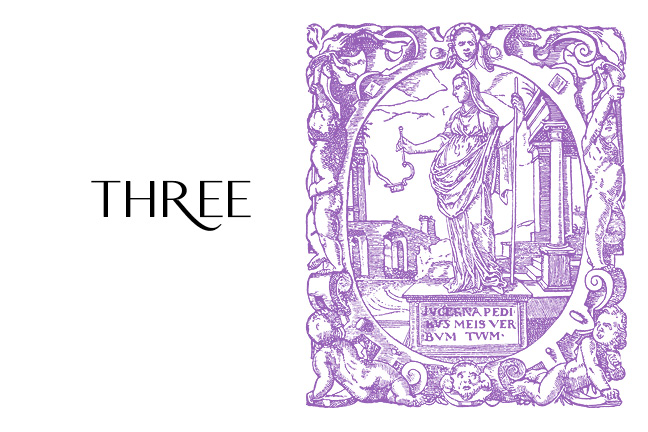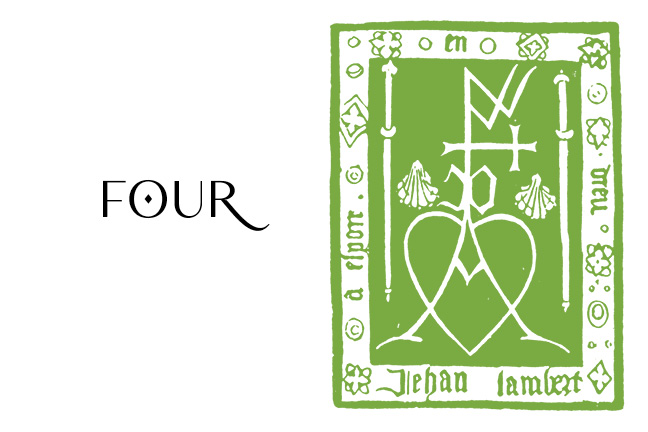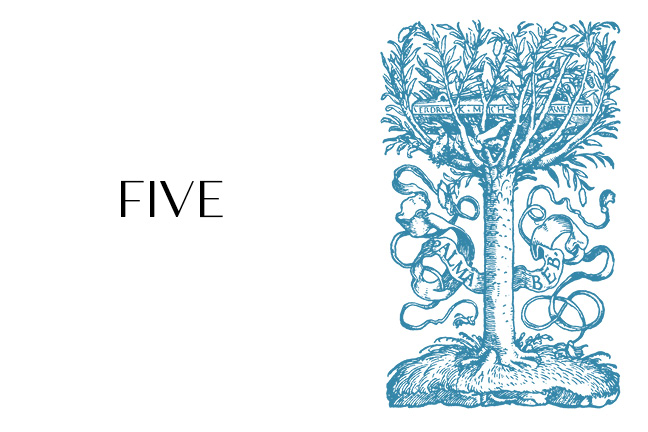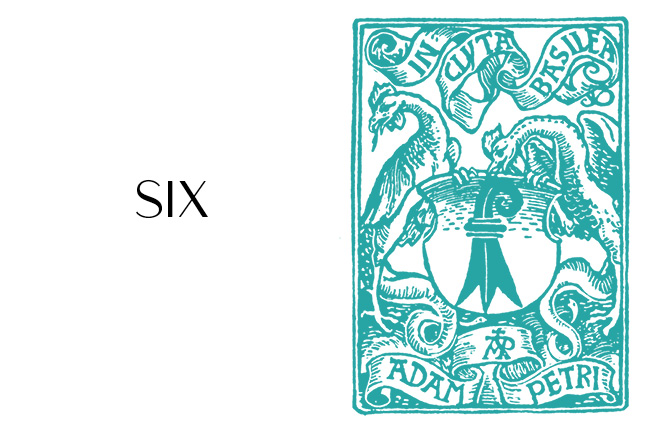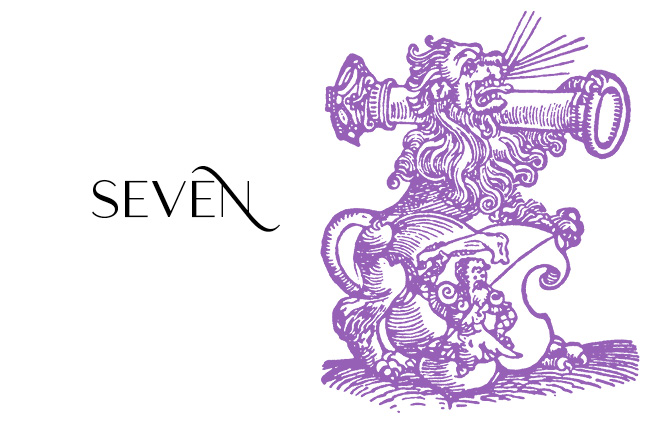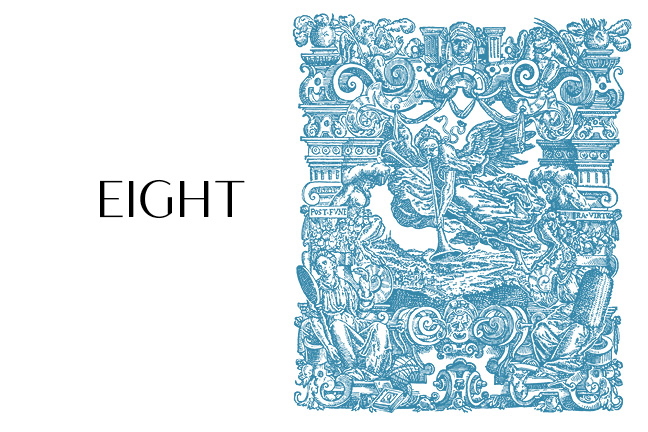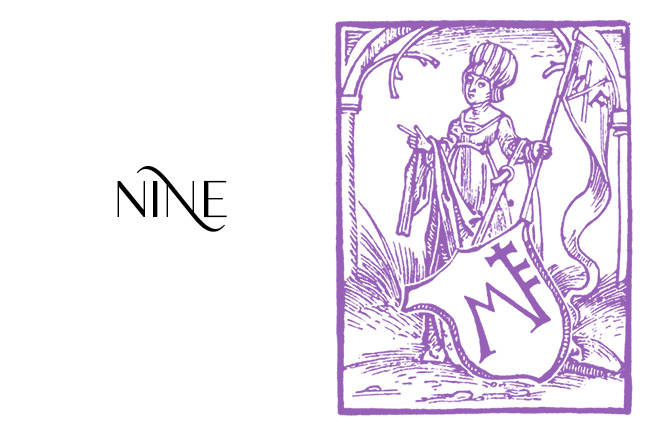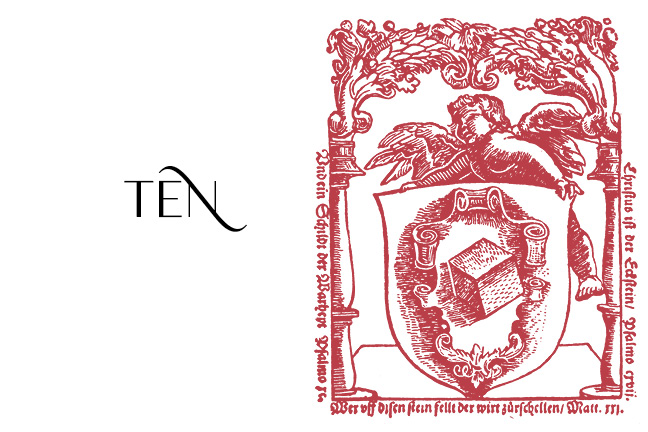Printer’s Marks Part 14
A GRANITE BAY ![]() DESIGN MICROSITE
DESIGN MICROSITE
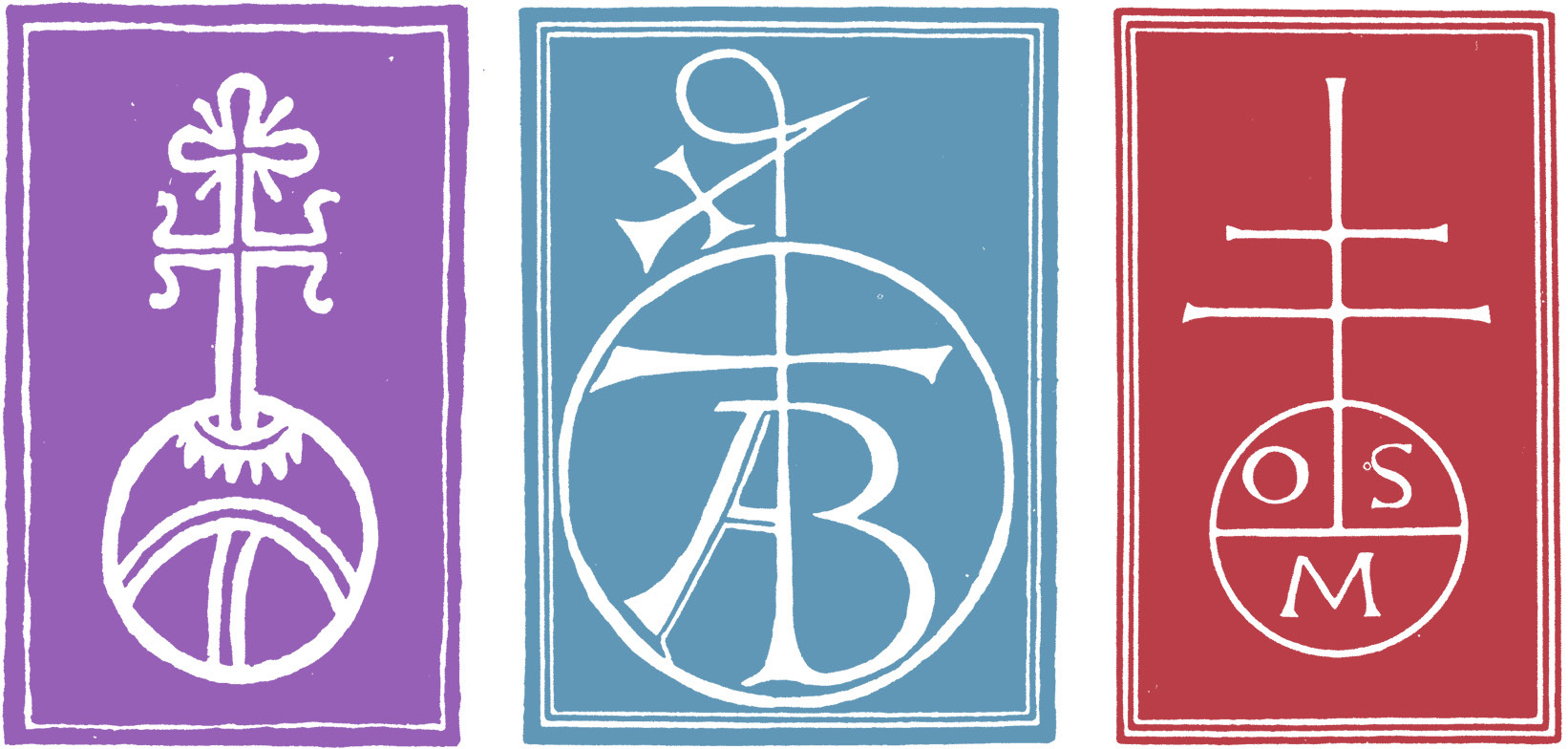
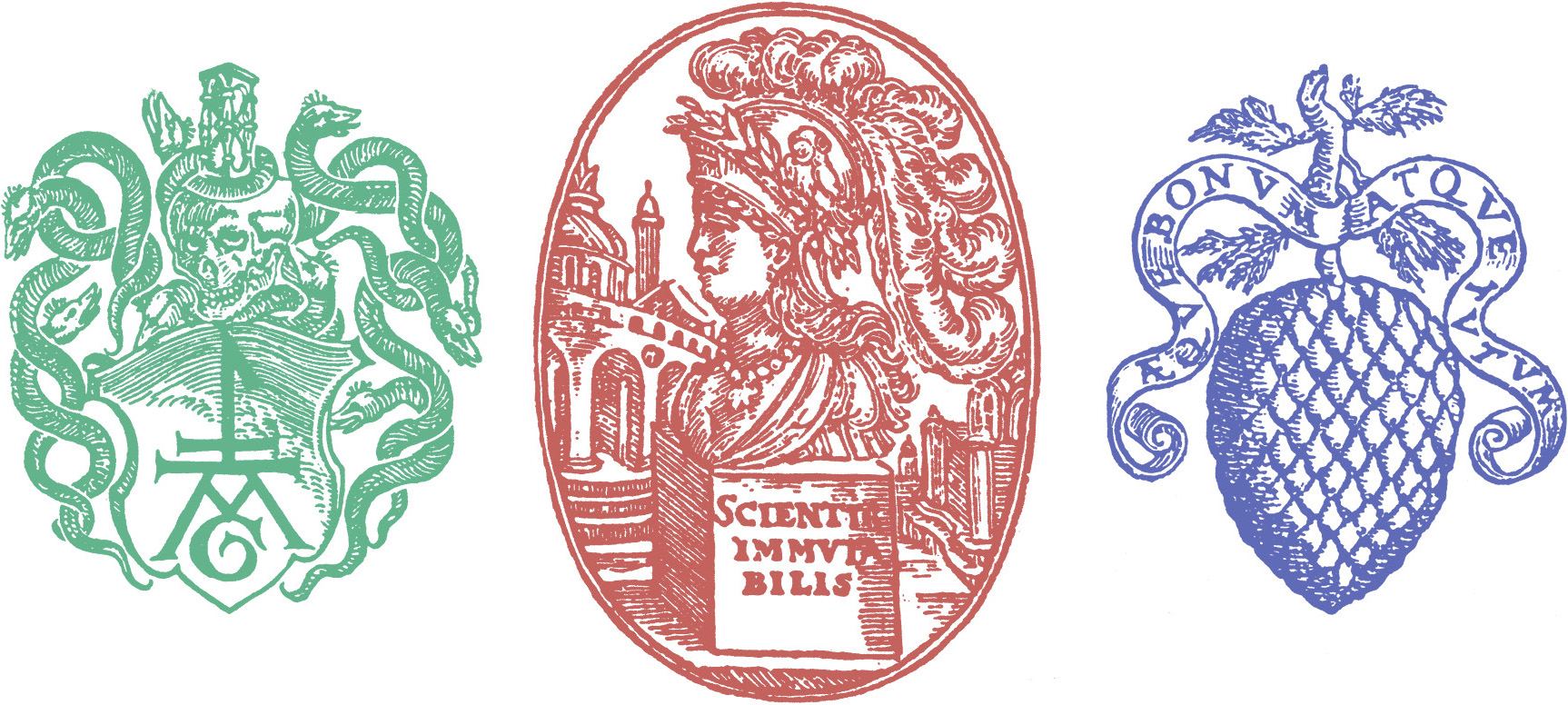
Printer’s Marks Part 14
Andreas Gesner (Zürich 1550)
Lazarus Zetzner (Strassburg 1585)
Giacomo Vincenzi (Venezia 1589)
The History of Printing
“Invented by Bavarian author Aloys Senefelder in 1796, lithography is a method for printing on a smooth surface. Lithography is a printing process that uses chemical processes to create an image. For instance, the positive part of an image would be a hydrophobic chemical, while the negative image would be water. Thus, when the plate is introduced to a compatible ink and water mixture, the ink will adhere to the positive image and the water will clean the negative image. This allows for a relatively flat print plate which allows for much longer runs than the older physical methods of imaging (e.g., embossing or engraving). High-volume lithography is used today to produce posters, maps, books, newspapers, and packaging — just about any smooth, mass-produced item with print and graphics on it. Most books, indeed all types of high-volume text, are now printed using offset lithography. In offset lithography, which depends on photographic processes, flexible aluminum, polyester, mylar or paper printing plates are used in place of stone tablets. Modern printing plates have a brushed or roughened texture and are covered with a photosensitive emulsion. A photographic negative of the desired image is placed in contact with the emulsion and the plate is exposed to ultraviolet light. After development, the emulsion shows a reverse of the negative image, which is thus a duplicate of the original (positive) image. The image on the plate emulsion can also be created through direct laser imaging in a CTP (Computer-To-Plate) device called a platesetter. The positive image is the emulsion that remains after imaging. For many years, chemicals have been used to remove the non-image emulsion, but now plates are available that do not require chemical processing.”
from The History of Printing on Wikipedia
The printer’s marks were scanned from the copyright free book “Symbols, Signs & Signets” by Ernst Lehner.


